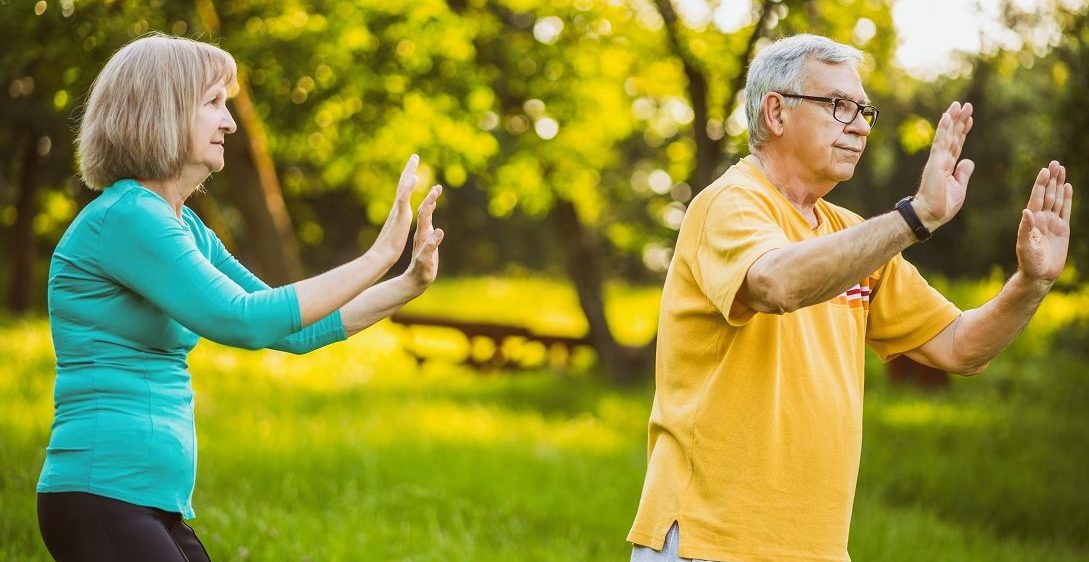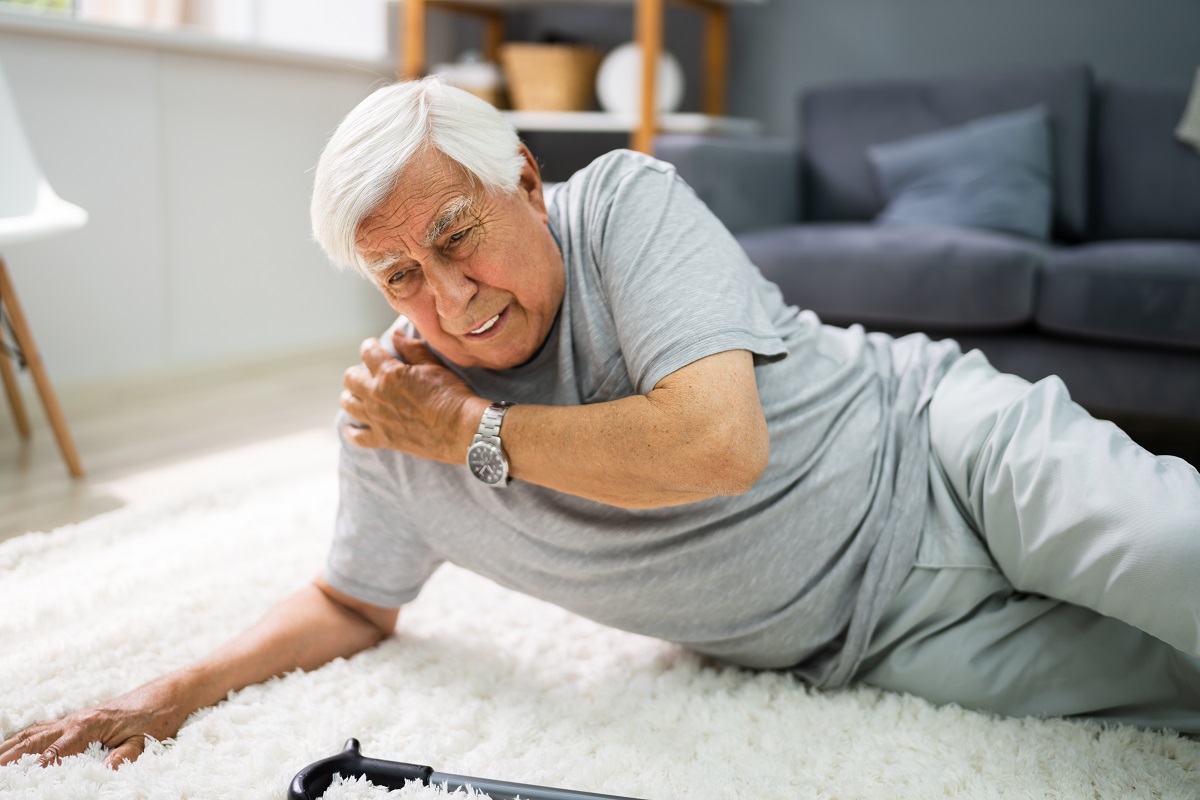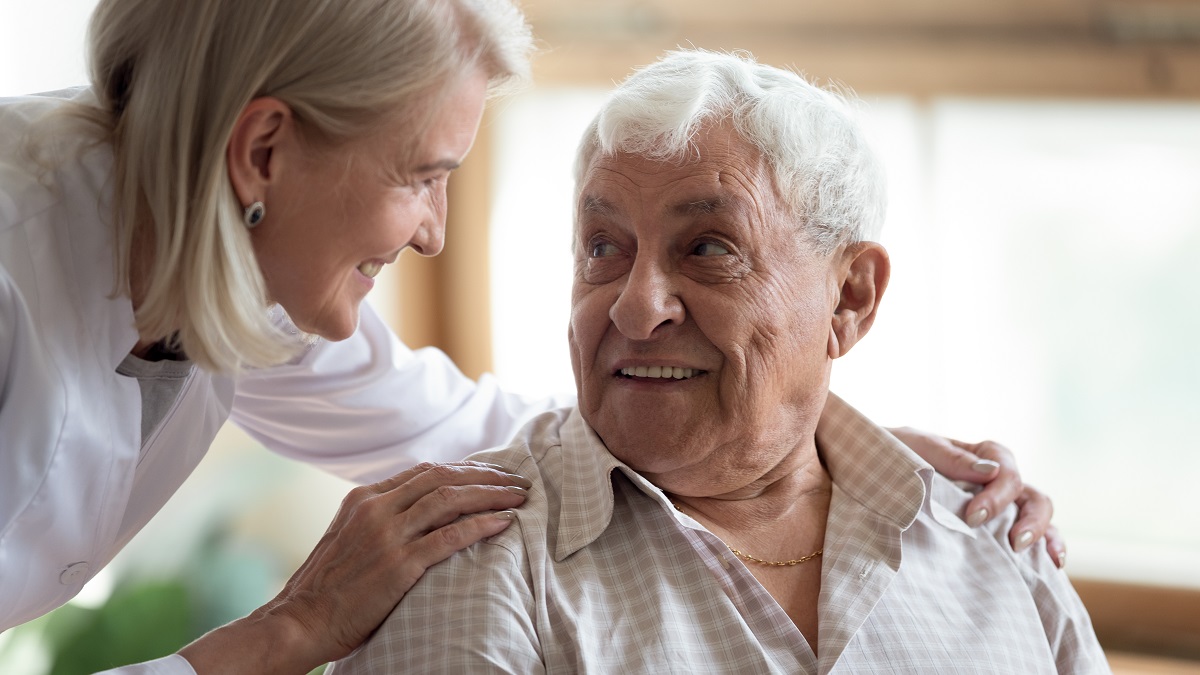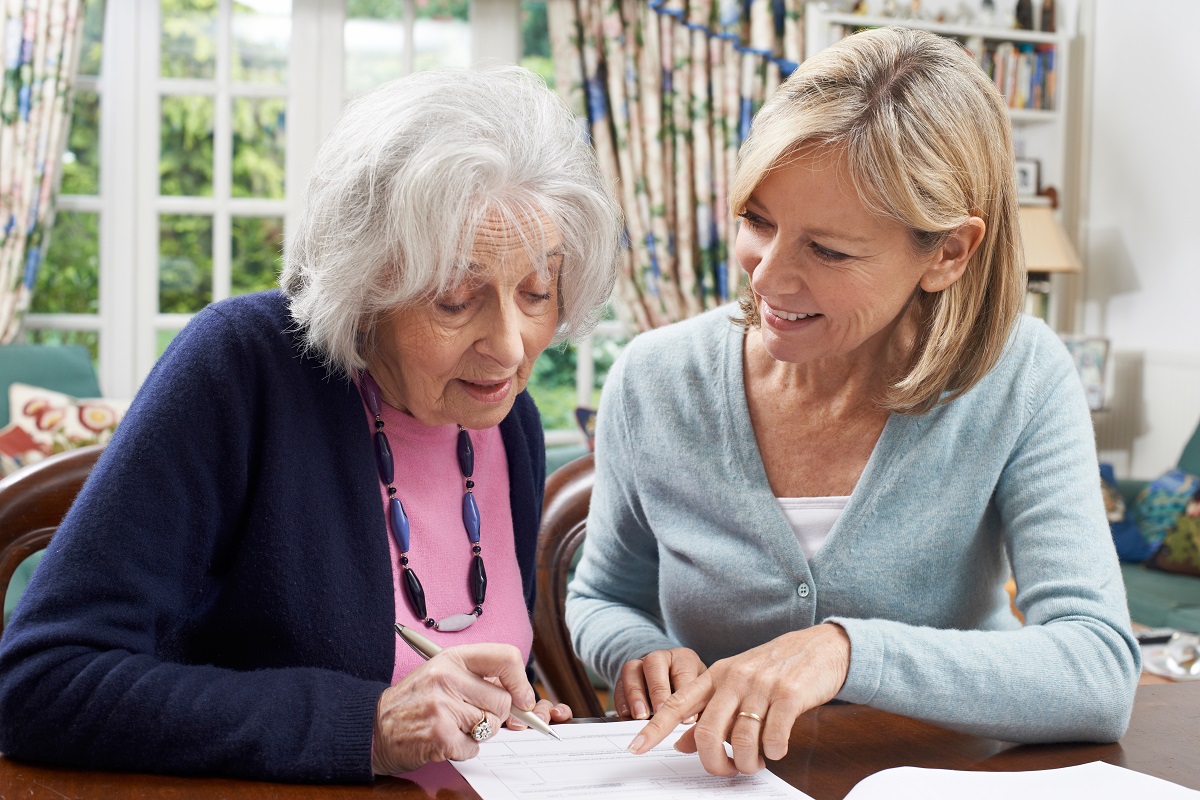
Often described as an art form that revitalises the mind, body and spirit, tai chi is an ideal form of exercise for everyone and especially those with lessened mobility. We chat to accredited instructor Judy Wong about why she loves teaching tai chi and how it can improve your health and wellbeing.
1. Where did tai chi originate?
Tai chi is a slow moving, meditative exercise that began in ancient China a few thousand years ago. It is one of the major branches of the traditional Chinese martial arts and involves a series of slow, meditative body movements that were originally designed for self-defence and to promote inner peace and calm.
2. What are the main health benefits of practising tai chi?
Scientific studies have shown that tai chi works to improve muscular strength, flexibility and fitness. Muscle strength is important for supporting and protecting joints and flexibility exercises enable people to move more easily and facilitate circulation of body fluid and blood which enhance healing. Fitness is important for overall functioning of the heart, lungs and muscles. In addition to these components, tai chi movements emphasise the importance of weight transference which helps improve balance and prevents falls.
3. How long does a tai chi session take?
45 minutes to one hour with some rests between if and when needed.
4. What can a beginner expect from their first session?
The level of exercise is equivalent to walking but if you have never done it before you may feel some muscle fatigue as you might be working on muscles that have not been worked on before. If you are relaxed you can feel very energised.
5. Should tai chi be done inside or outside?
Ideally outside in the fresh air but it can be done inside too without any problems.
6. What’s the best time of day to do tai chi?
It’s best in the morning but does not really matter. Preferably not after a big meal!
7. What are tai chi movements like?
There are a variety of styles but Sun style is characterised by gentle, free flowing yet controlled movements. The movements flow smoothly like water in a river and are suitable for everyone, even those with pain like arthritis or those recovering from an operation.
8. What kind of clothing and equipment is required?
Loose, comfortable clothing with flat/soft fitted shoes.
9. What attracted you to tai chi and what do you enjoy most about teaching it?
I have been working in aged care for over 15 years in diversional therapy. I could see the benefits of exercise not only for the body but mind. I feel so blessed that I am able to share the joys of tai chi with the community. It is so gratifying to hear the positive feedback from participants about improvements in their health, balance and wellbeing. It also promotes self esteem and a sense of camaraderie and community.
10. Where can people find more information about finding a local tai chi group?
More information about classes can be found in your village activities calendar, your local newspaper or on your local council’s website.







